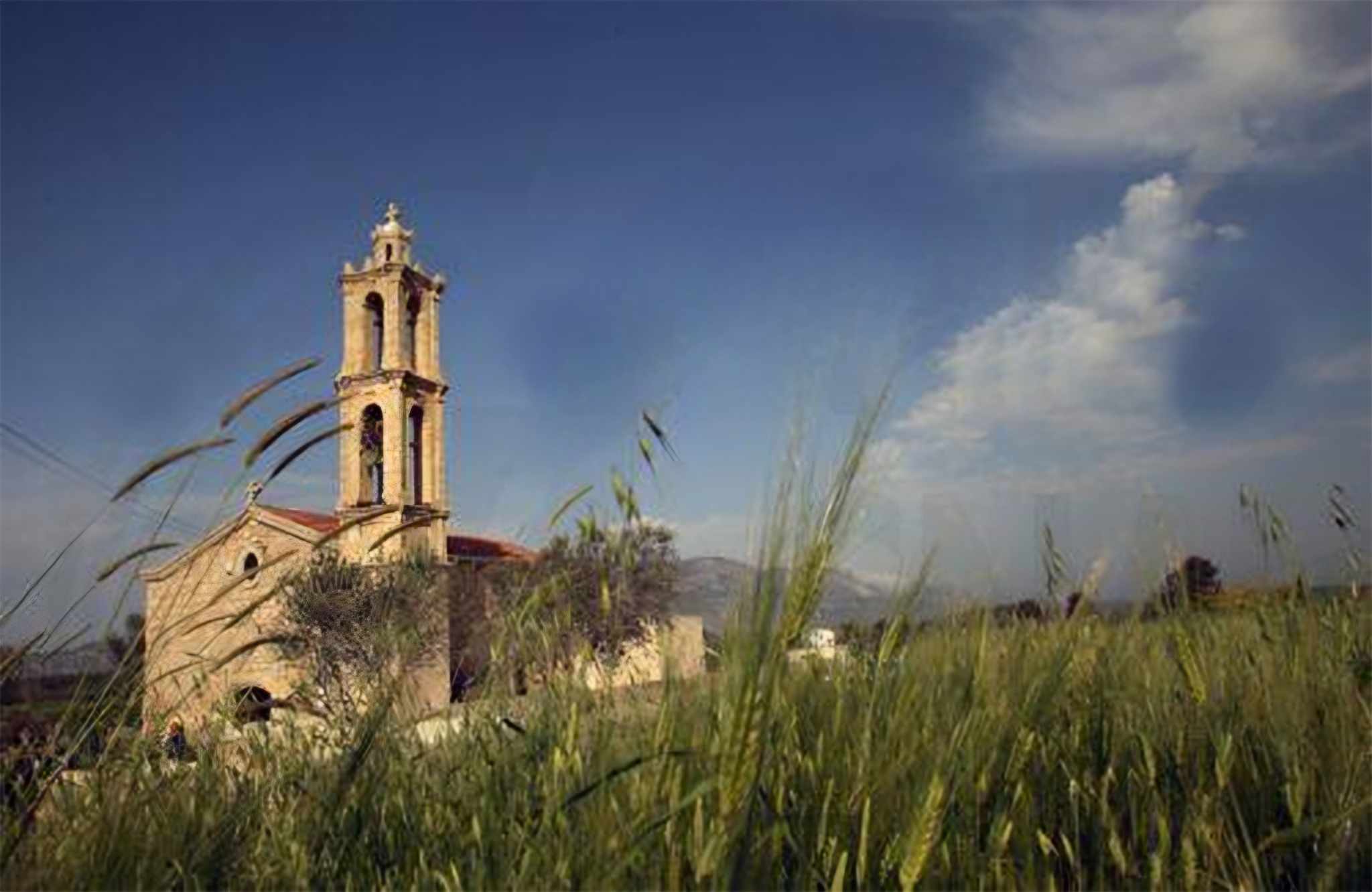The Kyrenia district village of Karpasha is a “point of reference” for tradition and cultural heritage during the Christmas period, humanitarian affairs commissioner Anna Aristotelous said on Saturday.
Speaking at a Christmas event in the historically Maronite village, she said “every visit to this place, every meeting with our enclaved and resettled people, is a reminder of the strength of your souls, your love for our land, and your devotion to your traditions”.
She added that it is also “an opportunity to express to all of you our deep appreciation and gratitude for your struggles, endurance, faith and contribution to our homeland”.
“You, who to this day, carry history on your shoulders and do not let it be forgotten and do so with personal sacrifices, keep our cultural heritage alive,” she added, saying that her presence in the village is a “practical demonstration” of the government’s support for them.
She went on to say that Christmas is “a time of celebration which reminds us of the values of love, solidarity, and hope.
“These are days which bring the people of your community closer, revive customs, enliven this village and its history. Karpasha, with its rich history, is becoming a point of reference for our traditional and cultural heritage.”
She added that “these moments remind us that through difficulties, deprivation and sacrifices, our roots remain strong and our home remains alive.
“Your commitment and dedication to your roots, history, and traditions is invaluable. It is a bright beacon for the future and a guarantee that this place will continue to flourish, with the values and ideals which unite us being passed to future generations. We feel proud of your fight and your contribution to the history of our homeland,” she said.
She added it is the government’s “duty” to “continue implementing actions for a better future for our country and for future generations, and our presence here confirms this commitment”.
Karpasha is the smallest of Cyprus’ four historically Maronite villages. At its pre-invasion largest, in 1973, it had a population of 245 people, all of whom were Maronites, though this figure fell to a low of 87 in 1996, and had only grown to 89 ten years later.
In the north’s last census in 2011, the village had a population of 256.







Click here to change your cookie preferences